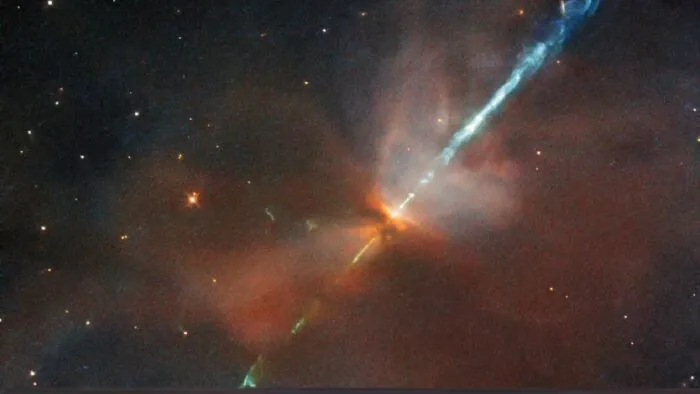© ROOT-NATION.com - Use of content is permitted with a backlink.
The Milky Way galaxy includes stars of all ages, including stars that are just forming. But in galaxies known as ellipticals, all the stars are about the same age. This indicates that at the beginning of their history, elliptical galaxies had a period of active star formation that ended abruptly. Why this star formation stopped in some galaxies and not in others is not entirely clear. One possibility is that a supermassive black hole destroys gas in some galaxies, creating an environment unsuitable for star formation.
To test this theory, astronomers are observing distant galaxies. Due to the finite speed of light, it takes time to overcome the emptiness of space. The light we see from the object had to fly 10 billion years to reach Earth. Thus, looking at distant galaxies, we seem to look into the past. The most distant galaxies look much dimmer, which makes them difficult to study.
To overcome these difficulties, an international team led by Kay Ito of SOKENDAI in Japan used the Cosmic Evolution Survey (COSMOS) program to select galaxies at a distance of 9.5-12.5 billion light-years. COSMOS includes data on radio waves, infrared light, visible light, and X-rays.

Initially, the team used optical and infrared data to identify two groups of galaxies: those in which star formation continues and those where it has stopped. The signal-to-noise ratio of X-ray and radio-wave data was too weak to identify individual galaxies. Therefore, the team combined different data to obtain images of “average” galaxies with a higher signal-to-noise ratio. In the averaged images, the team confirmed the presence of X-rays and radio emissions in galaxies without star formation.
Such emissions were first detected in distant galaxies more than 10 billion light-years away. In addition, the results show that X-rays and radio emissions are too strong to be explained only by the presence of stars in the galaxy, which indicates the presence of an active supermassive black hole. The signal of black hole activity is weaker for galaxies in which star formation continues.
These results show that the abrupt cessation of star formation in the early universes correlates with the increased activity of a supermassive black hole.
You can also help Ukraine fight with Russian occupants via Savelife or via an official page of the National Bank of Ukraine.
Read also:
- The AI help to identify astronomical objects
- New experiment can combine relativity theory with quantum mechanics


